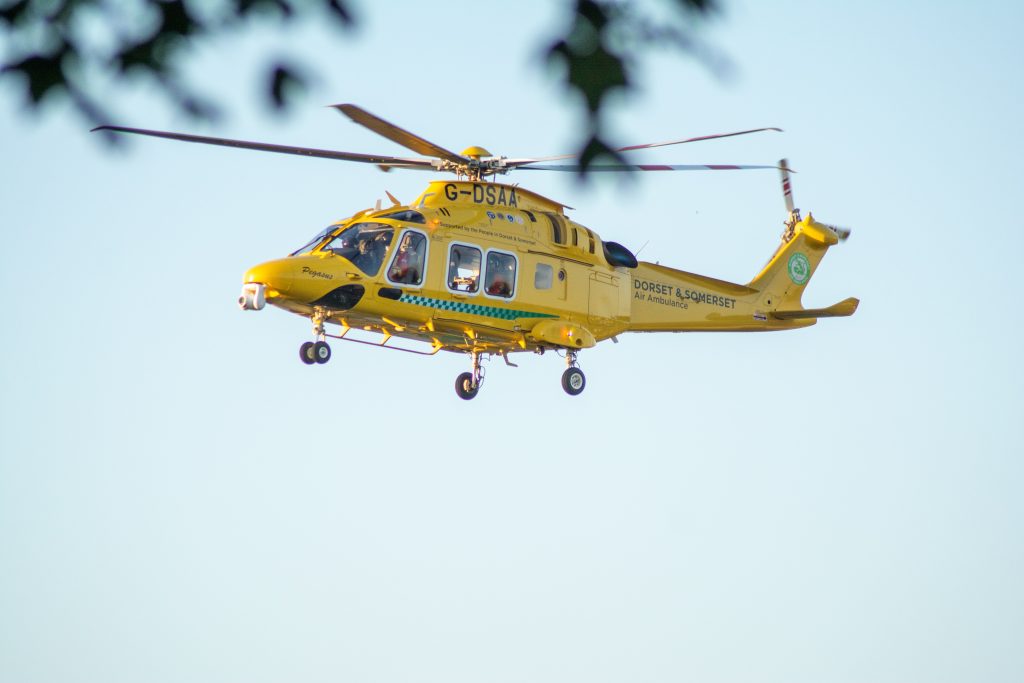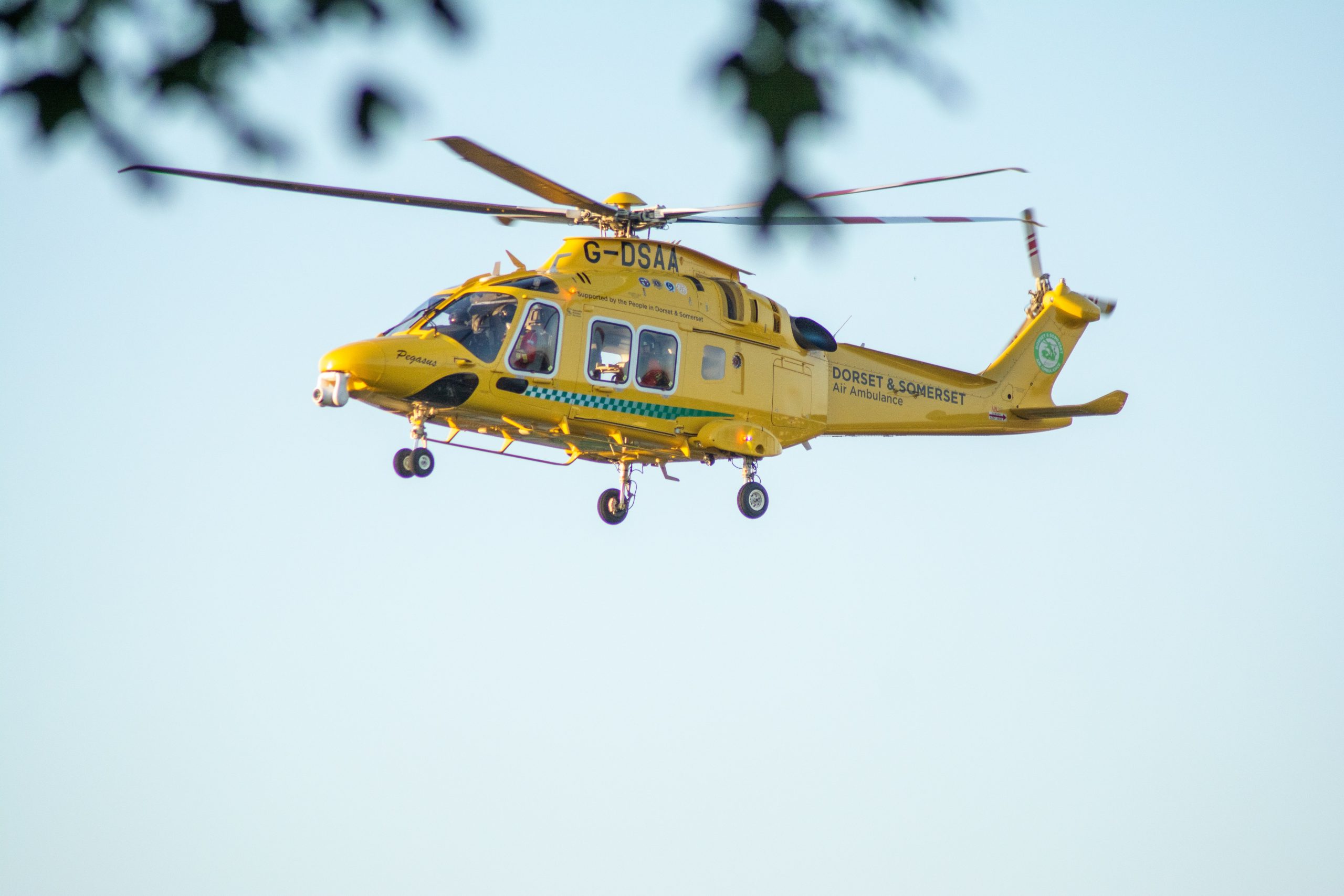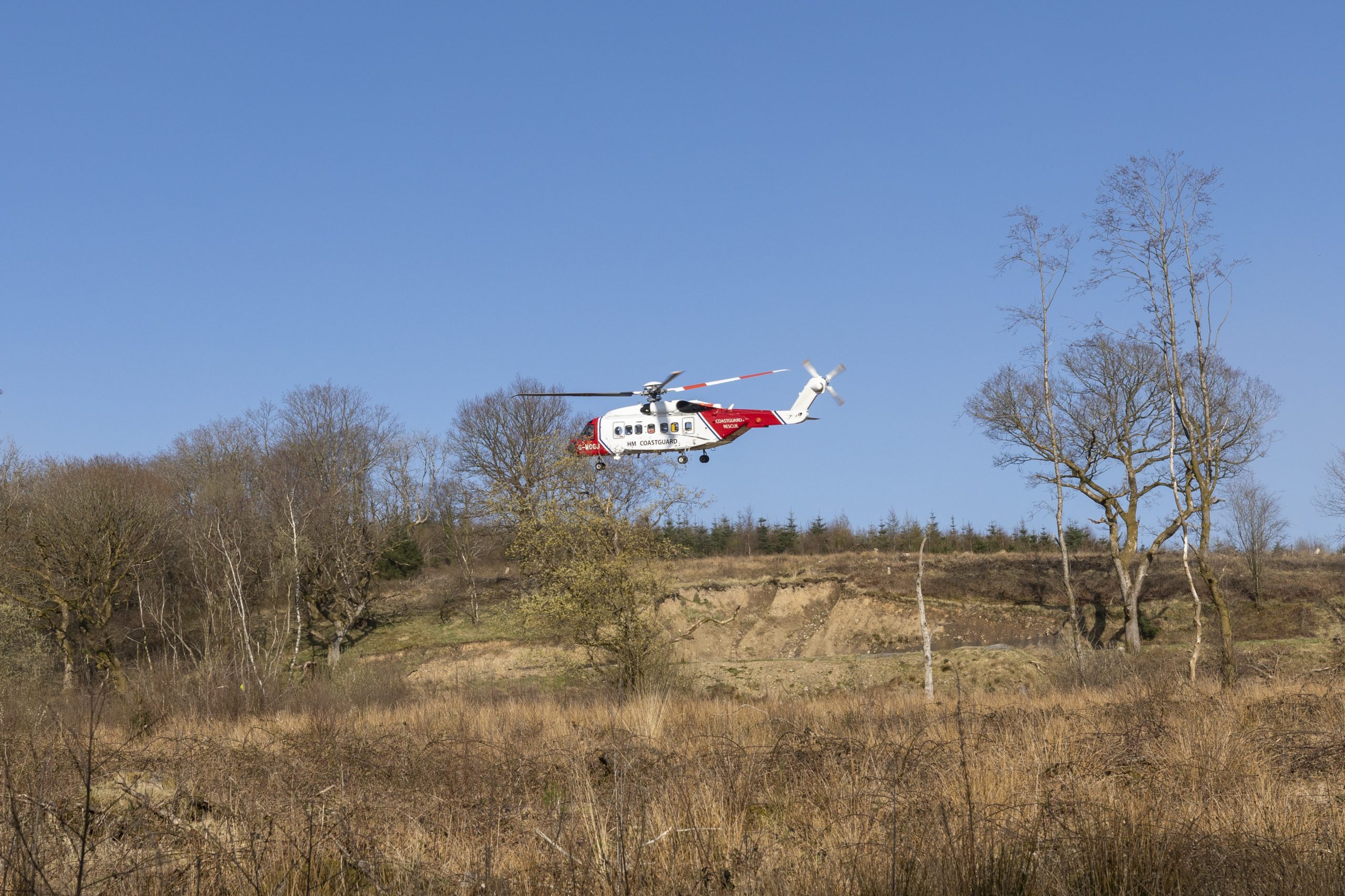Imagine a typical day for an air ambulance crew, where they are ready to spring into action at a moment’s notice, transporting critically ill or injured patients to the specialized care they need. From pre-flight preparations to navigating through challenging weather conditions, their work is anything but ordinary. In this article, we’ll take a closer look at the intricate details that go into preparing for liftoff, providing a glimpse into the demanding and rewarding world of an air ambulance crew.

Introduction to Air Ambulance Crew
Definition of Air Ambulance Crew
Air ambulance crews are highly trained medical professionals who provide emergency medical care and transportation to patients in need. They work in a specialized aircraft, known as an air ambulance, which is equipped to handle medical emergencies and transport patients to hospitals or medical facilities.
Importance of Air Ambulance Crew
The role of air ambulance crews is crucial in providing rapid medical response and transportation for critically ill or injured patients. They play a vital role in saving lives, especially in situations where time is of the essence, such as in remote areas or during natural disasters. Air ambulance crews ensure that patients receive immediate medical attention and are safely transported to appropriate medical facilities for further treatment.
Typical Composition of an Air Ambulance Crew
An air ambulance crew usually consists of highly skilled and specialized professionals, including a flight paramedic, a flight nurse, and a pilot. The flight paramedic and nurse are responsible for providing medical care to patients during the flight, while the pilot is responsible for safely navigating the aircraft. These professionals work together as a team to ensure the well-being and safety of the patients they transport.
Daily Routine and Responsibilities
Morning Briefing and Equipment Check
Every day, an air ambulance crew starts their shift with a morning briefing, where they receive updates on any ongoing cases, discuss weather conditions, and address any potential safety concerns. Following the briefing, they proceed to check all the necessary medical equipment and supplies to ensure everything is in working order and fully stocked.
Preparing the Aircraft
Before each flight, the crew performs a thorough inspection of the aircraft to ensure it is in optimal condition for flight. This includes checking the fuel levels, inspecting the exterior for any damage, and verifying that all aircraft systems are functioning properly.
Reviewing Medical Cases
Air ambulance crews review the medical cases assigned to them for the day. This involves studying the patient’s medical history, understanding their condition, and familiarizing themselves with any specific medical procedures or protocols that may be required during the flight.
Conducting Patient Assessment and Pre-flight Planning
Prior to each flight, the crew conducts a thorough assessment of the patient’s medical condition. They assess vital signs, evaluate any ongoing treatment needs, and make necessary preparations for the patient’s safe transport, such as securing necessary medical equipment and medications. Additionally, they engage in pre-flight planning, considering factors such as weather conditions, flight duration, and potential medical contingencies.
Coordinating with Ground Crew and Hospitals
Air ambulance crews work closely with ground crews and hospital staff to ensure a seamless transfer of patients. This involves coordinating logistics, sharing medical information, and communicating any specific requirements or instructions given by the receiving medical facility. Effective communication and collaboration between the air ambulance crew, ground crew, and hospitals are vital to ensuring a smooth operation.

On-Scene Operations
Arriving at the Scene
When an air ambulance crew arrives at the scene of an emergency, they assess the situation and determine the best approach for providing medical care and safely transporting the patient. They communicate with other emergency responders on the scene to gather information and coordinate efforts.
Ensuring Scene Safety
Before initiating any medical procedures, the crew ensures the safety of the scene. This involves identifying potential hazards, securing the area, and taking appropriate measures to protect themselves and the patient from further harm.
Stabilizing and Preparing the Patient for Transfer
The crew’s primary focus is on stabilizing the patient’s condition and ensuring they are in a suitable condition for transport. This includes administering necessary medical treatments, securing the patient onto a medical stretcher, and preparing them for safe transfer to the aircraft.
Efficient Loading and Securing of Equipment and Patient
Once the patient is stabilized and ready for transport, the crew efficiently loads them onto the aircraft. They ensure the patient and any necessary medical equipment are securely fastened and properly positioned for the flight.
Communicating with Ground Control
Throughout the on-scene operations, the air ambulance crew maintains communication with ground control to provide updates on the patient’s condition and receive any necessary instructions or support. This communication is crucial in ensuring a coordinated and safe transfer of the patient.
In-flight Medical Care
Monitoring and Treating the Patient during Flight
During the flight, the air ambulance crew closely monitors the patient’s vital signs, administers necessary medications, and provides continuous medical care. They carefully observe any changes in the patient’s condition and intervene as needed to ensure their well-being.
Addressing Medical Emergencies and Situations
In-flight medical emergencies can occur unexpectedly. The air ambulance crew is trained to handle such situations promptly and efficiently. They are equipped with the necessary medical equipment and expertise to respond to crises, administer life-saving interventions, and stabilize the patient until they reach a suitable medical facility.
Managing Medications and Equipment in-flight
The crew ensures the safe storage and accessibility of medications and medical equipment throughout the flight. They monitor medication administration, manage any required infusions, and maintain the functionality of critical medical devices. Proper medication and equipment management are essential to providing effective medical care during the flight.

Communication and Navigation
Using Radio Communications
Air ambulance crews rely on radio communications to stay in constant contact with air traffic control, ground control, and receiving medical facilities. Effective communication ensures the availability of necessary guidance, updates, and coordination throughout the flight.
Navigating through Airspace
Navigating through airspace requires adherence to specific flight paths, regulations, and airspace restrictions. The crew ensures they follow the designated routes, monitor their position, and make necessary course adjustments to reach their destination safely and efficiently.
Coordinating with Air Traffic Control
Air ambulance crews work closely with air traffic control to obtain clearances, receive important updates regarding air traffic, and ensure a smooth flow of traffic during the flight. This coordination is essential for safe operations and efficient air travel.
Landing and Patient Transfer
Identifying and Evaluating Landing Sites
Before landing, the crew identifies and evaluates potential landing sites near the designated medical facility or ground ambulance station. They consider factors such as accessibility, safety, and proximity to ensure a smooth and timely patient transfer process.
Conducting Safe Landing and Shutdown Procedures
During the landing process, the crew carefully follows landing protocols, ensuring a safe touchdown. They perform aircraft shutdown procedures, secure the aircraft, and prepare for the transfer of the patient to the medical facility or ground ambulance.
Patient Transfer to Hospital or Ground Ambulance
The air ambulance crew works in coordination with the receiving medical facility or ground ambulance team to smoothly transfer the patient. They ensure the patient is safely moved from the aircraft to the receiving facility or ambulance, providing necessary medical support throughout the transfer process.

End of Shift and Post-flight Duties
Handover to Next Crew
At the end of their shift, the air ambulance crew conducts a thorough handover to the incoming crew. They provide detailed information about any ongoing cases, flight conditions, and patient updates to ensure a seamless transfer of responsibilities.
Aircraft Cleaning and Maintenance
Following each flight, the crew is responsible for cleaning the aircraft and ensuring its readiness for the next mission. They clean the interior, restock supplies, and conduct routine maintenance checks to keep the aircraft in optimal condition.
Completion of Medical Documentation
Air ambulance crews document all relevant medical information and details regarding patient care during the flight. This includes recording vital signs, medications administered, and any medical procedures performed. Accurate and detailed documentation is essential for continuity of care and future reference.
Training and Certification
Initial Training and Certification Requirements
To become an air ambulance crew member, individuals must undergo comprehensive training and obtain the necessary certifications. This typically includes completing an approved paramedic or nursing program, acquiring relevant flight and aviation certifications, and receiving specialized air ambulance training.
Continuous Education and Training
Air ambulance crews engage in continuous education and training to maintain their skills and stay updated with the latest medical advancements and aviation practices. Regular training sessions, simulations, and participation in medical conferences help enhance their knowledge and expertise.
Specialized Certifications
Air ambulance crew members may obtain additional certifications in specialized areas such as neonatal and pediatric care, critical care transport, or advanced cardiac life support. These certifications allow them to provide specialized care to specific patient populations and respond effectively to complex medical situations.

Challenges and Rewards of Air Ambulance Crews
Dealing with High-Stress Situations
Air ambulance crews often work in high-stress environments, responding to life-threatening emergencies. They must remain calm and composed even in the face of chaos, making critical decisions and providing life-saving interventions under pressure.
Coping with Emotional and Physical Demands
The nature of their work exposes air ambulance crews to emotionally challenging situations and physical demands. They encounter severely injured or critically ill patients, witness traumatic events, and work long hours in physically demanding conditions. It is important for crews to have proper support systems in place to help them cope with the emotional and physical toll of their work.
Fostering a Strong Team Dynamic
Air ambulance crews rely heavily on effective teamwork and collaboration. They must develop strong interpersonal relationships, communicate clearly and efficiently, and trust each other’s expertise. Fostering a supportive and cohesive team dynamic is essential for successful operations and the well-being of both the crew and patients.
Conclusion and Appreciation
Recognizing the Importance of Air Ambulance Crews
Air ambulance crews are unsung heroes who provide lifesaving medical care and transportation to those in need. Their dedication, skills, and commitment play a vital role in ensuring timely and effective emergency medical services. The importance of air ambulance crews cannot be overstated, as they are often the difference between life and death for critically ill or injured patients.
Thanking the Dedicated and Skilled Professionals
We extend our heartfelt appreciation to the dedicated and skilled professionals who make up air ambulance crews. Their selfless service, unwavering commitment, and expertise are instrumental in saving lives and providing critical care in challenging circumstances. We are grateful for their invaluable contributions to the field of emergency medical services.



